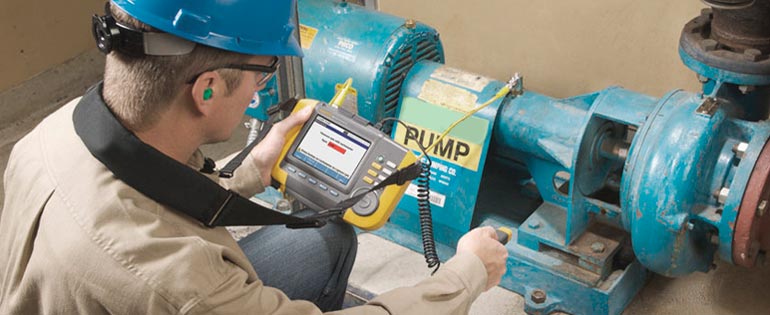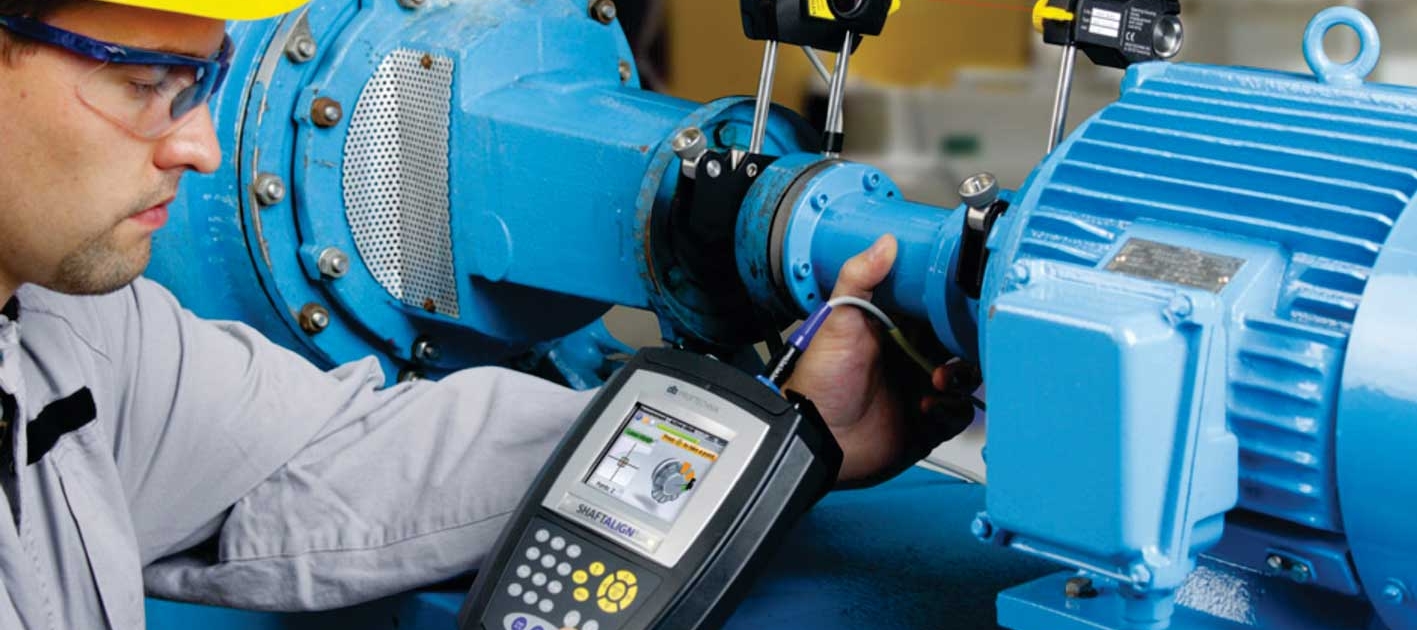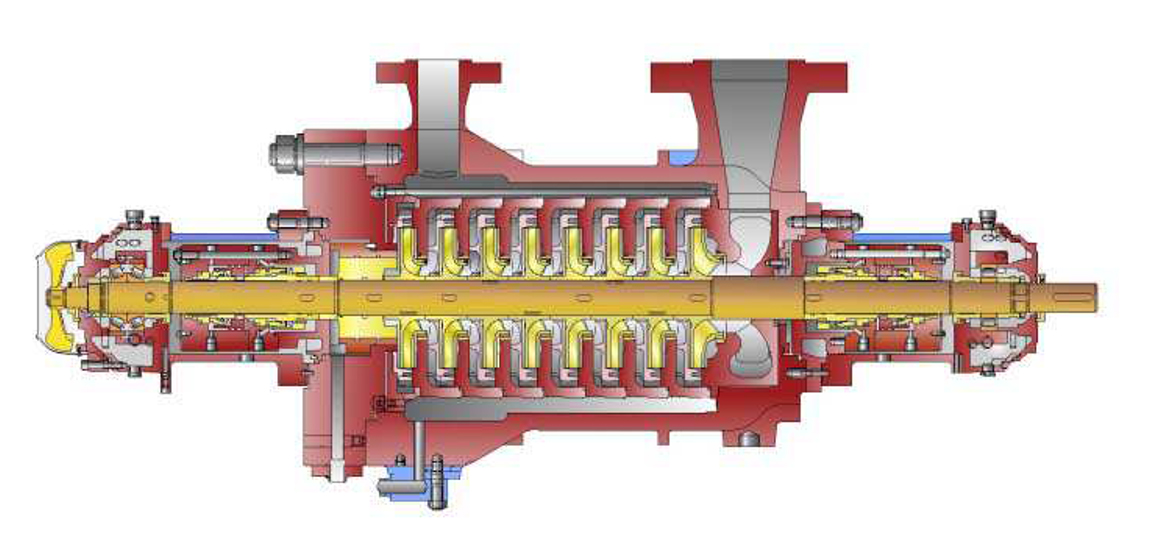Analysis of oil in use
This is the first article in a series on the analysis of oils in use.
The two main causes of equipment failures are operation and maintenance failures.
In the universe of maintenance, there are the main types described in table 1.
The analysis of oils in use is a tool that consists of the periodic collection of lubricant samples and evaluation of its properties in standardized laboratory tests.
In corrective maintenance the analysis of the oil after failure will show high wear, which is already expected, and contamination. It can be useful in identifying the contaminants present and assisting in the investigation of the cause of the problem.
In preventive, the change of lubricant load is done by time. In this case, the analysis of lubricant in use can be useful to evaluate whether this exchange period is suitable or not.
Monitoring techniques
From the predictive level, lubricant analysis in use, along with others such as vibration analysis and thermography, is critical to identify changes in machine behavior and provide information to identify the beginning of the failure process.
Vibration analysis is done through sensors that measure vibration at different frequencies and also its amplitude. The variation of this information over time and when compared with references, identify problems such as imbalances, misalignments, gaps in bearings, lubrication problems among others.
The thermography is performed through a thermographic camera that measures the infrared radiation emitted and transforms this data into thermal images, identifying the temperature differences between the parts of the equipment. In this way, abnormal hot or cold spots are identified that may be indications of possible failures.
Like most predictive maintenance technologies, the real value of thermographic analysis does not derive from instantaneous measurements, but from trend data and additional analysis of the data obtained.
Temperature rise is usually a symptom of impending catastrophic failure or poor operation of machinery. Remote infrared imaging cameras can be used to quickly obtain multipoint temperature profiles that can be readily evaluated.
This type of inspection can be performed with little or no disruption to plant operation and can be used as a screening tool in daily or weekly predictive maintenance inspections.
The constant feedback from these inspections can be used to verify changes in the behavior of mobile or industrial equipment, and these changes are of real value and interest.
The use of these techniques together, one complementing the information of the other, enables the drastic reduction of equipment failures. Another important source of information is from the operation data of the equipment: differential pressure of filters, flows, temperatures, etc. All of them together are the basis of predictive and proactive maintenance.
In-Use Lubricant Analysis Program
The analysis of lubricants in use should not be adopted randomly, because it will entail costs that will not bring return benefits, such as collecting a lubricant sample only when the equipment has problems knowing what is happening. Without a history of behavior of the properties of this lubricant in this equipment, it is not possible to issue a report that really assists in the identification and solution of the problem, because there are no references for comparison.
This tool should be implemented through a monitoring plan that considers:
-
- Criticality of the equipment;
- Identification if the lubricant in use is the appropriate one;
- Periodicity of sample collection;
- Sample collection point;
- Rehearsals to be performed.
Example – multi station pump for injection of water in oil production platform
This type of pump is fundamental in the production of oil in some wells because the injection of water increases the extraction of oil.
It is an eight-stage Sulzer pump driven by an electric motor. The bearings are of metal bushing and the lubricant is mineral grade ISO VG 68 type R&O (antioxidant and anticorrosive). This equipment was being monitored by vibration techniques, analysis of the operation data and sample of the lubricant in use.
Vibration analysis identified a slight increase in amplitude at certain frequencies. The operation data did not show any significant changes. The oil analysis identified an increase in the amount of particles of size from 5 to 15 μm and, in the following sample, an increase in the tin content (bushing housing material) was identified. It was concluded that a wear and tear was beginning on the bearing. The pump was programmed to stop when appropriate for the process, maintaining machine monitoring to ensure that failure would not occur, and the housing was replaced.
This is an example of preventive maintenance. The shutdown of the machine was programmed according to its condition.
Evolving to proactive maintenance in this case, the root cause of the wear of this housing is identified. Probably the presence of particles caused abrasive wear in the housing generating more particles and the increase in tin content in the oil sample. Analyzing the gaps of the bearings, it is identified the degree of cleanliness that the lubricant must have to avoid this wear. From there, modifications are established in the procedures, including installation of respiration filters to prevent unwanted entry of solid particles, filtration of the lubricant load in the feed and level replenishment and possible offline filtration of the load periodically.
The analysis of lubricants in use is a powerful tool to increase equipment reliability and reduce failures and should be used in a systematic and planned way along with other monitoring techniques.
In the next article will be addressed the topic of sample collection for lubricant monitoring. Until then!
Click on the link below and read all the articles in Lubes em Foco 88 magazine:


























